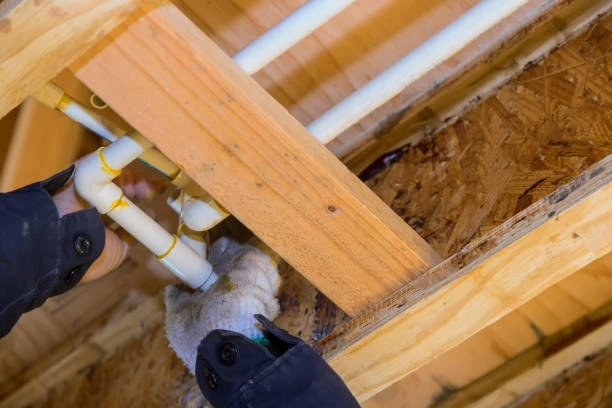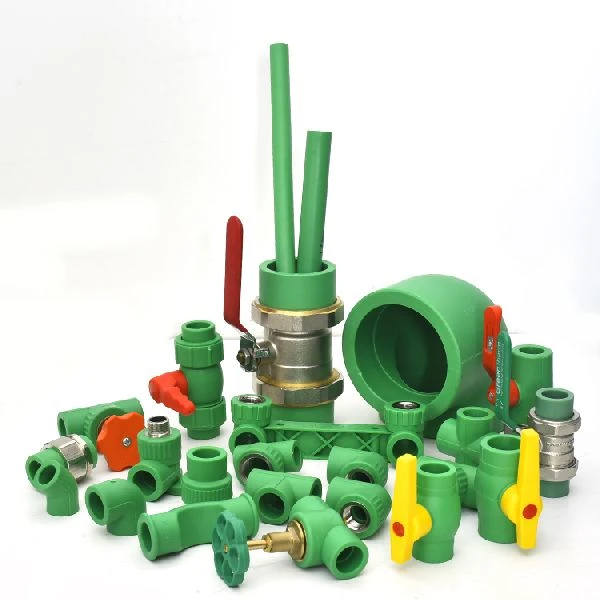Polypropylene piping systems are becoming increasingly popular due to their versatility and resilience. But just as these systems evolve, so do the standards that govern them. The recent updates to the ASTM standard for polypropylene pressure piping systems are crucial for manufacturers, engineers, and contractors alike. Let’s dive into what these changes mean and why they matter.
What is Polypropylene?
Polypropylene (PP) is a type of plastic that is widely used in various applications, from packaging to automotive parts. Its properties—like high tensile strength, resistance to chemicals, and lightweight nature—make it an ideal choice for pressure piping systems. In plumbing, irrigation, and industrial applications, polypropylene pipes offer durability and flexibility, proving to be a smart investment.
The Role of ASTM in Piping Standards
ASTM International, formerly known as the American Society for Testing and Materials, plays a pivotal role in developing standards for materials, products, and systems. The organization helps ensure quality and safety in manufacturing. For piping systems, ASTM standards provide guidelines that manufacturers must follow, ensuring that products meet specific performance and safety criteria.
Key Updates to the ASTM Standard
The latest revisions to the ASTM standard for polypropylene pressure piping systems focus on several critical areas:
- Material Composition: Enhanced specifications for the materials used in manufacturing.
- Testing Procedures: Updates to the testing protocols for strength and durability.
- Installation Guidelines: Recommendations for proper installation techniques to ensure long-term performance.
These changes are designed to address industry feedback and emerging technologies, ensuring that standards remain relevant and effective.
Impact of the Updates on Polypropylene Pressure Piping Systems
So, how do these updates impact the actual piping systems in use?
First off, the revisions lead to enhanced performance metrics, ensuring that the pipes can withstand higher pressures and are more resistant to environmental stressors. This translates to increased safety for end-users, reducing the likelihood of failures and leaks.
Testing and Compliance
To ensure compliance with the updated standards, manufacturers must adhere to rigorous testing requirements. These tests evaluate the pipes for strength, flexibility, and overall performance under various conditions. Compliance is not just a legal requirement; it is a commitment to quality that benefits everyone in the supply chain.

Benefits of the Updated Standard
What’s in it for the industry?
The updated ASTM standards for polypropylene pressure piping systems offer numerous benefits:
- Increased Durability: Enhanced materials mean longer-lasting pipes.
- Cost Efficiency: While the initial investment might be higher, the reduction in maintenance and replacement costs makes it a cost-effective solution over time.
Industry Response to the Updates
Reactions from manufacturers have been overwhelmingly positive. Many see the updates as a necessary evolution that aligns with modern technology and consumer demands. As companies adopt these changes, we can expect a more uniform standard across the industry, promoting better practices and higher quality.
Challenges and Considerations
However, implementing these updates isn’t without its challenges. Some companies may struggle with the transition due to existing inventory or lack of understanding of the new requirements. Training staff and updating equipment may require upfront investment, but the long-term benefits far outweigh these initial hurdles.
Future Outlook for Polypropylene Piping
As we look ahead, the trends suggest a continued emphasis on sustainable materials and innovative manufacturing processes. The industry will likely see even more advancements in polypropylene technology, possibly leading to new standards that further enhance safety and efficiency.
Conclusion
The updates to the ASTM standard for polypropylene pressure piping systems signify a crucial step toward improving the safety and performance of these essential materials. As stakeholders in the industry adapt to these changes, the benefits will ripple out, enhancing the quality of projects across the board. Staying informed and compliant with these standards is vital for ensuring a successful future in piping systems.
FAQs
What are ASTM standards?
ASTM standards are a set of guidelines established by ASTM International to ensure quality and safety in materials and products.
Why is polypropylene preferred for piping?
Polypropylene is lightweight, durable, resistant to chemicals, and cost-effective, making it an ideal choice for various piping applications.
How do the updates affect existing installations?
Existing installations may need to be evaluated for compliance, but many updates enhance performance rather than requiring immediate changes.
What are the testing methods for polypropylene piping?
Testing methods include pressure testing, tensile testing, and impact resistance assessments to ensure pipes meet safety and performance criteria.
Where can I find more information on ASTM standards?
You can find comprehensive details on ASTM standards by visiting the ASTM International website or through industry publications.


















